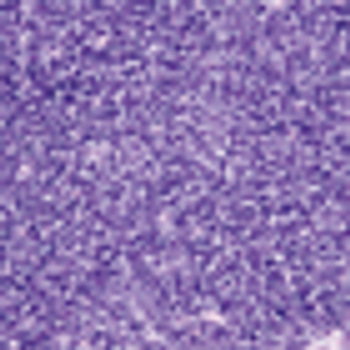
Controlling healthcare spending has been, and appears destined to remain, at the center of the public policy debate at each level of government, given that much of the healthcare bill is paid by taxpayers.

Your AI-Trained Oncology Knowledge Connection!


Controlling healthcare spending has been, and appears destined to remain, at the center of the public policy debate at each level of government, given that much of the healthcare bill is paid by taxpayers.

The current system rations care in an irrational way. This irrational rationing is going to worsen, for the costs of the current system are simply not sustainable nor are they justifiable by almost any metric used.

Our knowledge of how to best develop and use targeted therapies for cancer remains nascent, and optimizing the use of such treatments will likely require answering one other question that I have paraphrased from the Passover Haggadah: How is this tumor different from all other tumors?

During the past decade, targeted therapeutics have changed the landscape of cancer therapy with bold brush strokes, but the resulting images are still unclear. As we enter into the second decade of targeted therapy, our increased understanding of tumor biology together with cancer genomic sequencing tools will clearly show the way forward. It is imperative that we use these fine brushes, not only to improve precision, but in the end to realize the art of medicine.

Until more data are available, we reserve bisphosphonates for women with evidence of decreased bone mineral density who are at increased risk of fracture and for those on clinical trials.

The rarity and heterogeneity of these tumors limits research and obviates the possibility of large randomized clinical trials. Surgery remains the mainstay of treatment, but often radiotherapy and/or chemotherapy is required. The role of neoadjuvant therapy is evolving. In the not too distant future, new therapies tailored to the molecular profile of the tumor will be available.

In this interview, Dr. Mario Sznol shares unique insights into two treatment approaches for melanoma--targeted therapies and a drug that targets the Programmed Death 1 pathway-including how they compare and how they might be combined.

Thymomas are uncommon neoplasms that have generated considerable controversy among pathologists. The following questions can be used to evaluate the evidence supporting current concepts about the pathology of thymomas and the clinical applicability of those concepts.

In Part I of this article, I will focus on our current understanding of drivers of cost for oncology care and the effect of the high cost on patients, as well as on how patients value treatment.

In this review we describe the current evidence for use of bisphosphonates as part of the adjuvant treatment of patients with early-stage breast cancer.

We describe areas where major inroads were initially achieved by targeting angiogenesis and by unraveling pathways in the heterogeneous tumors of mesenchymal origin-spurred by the identification of c-Kit–activating mutations in GIST and the regressions that ensued when tumors harboring these mutations were exposed to the tyrosine kinase inhibitor imatinib (Gleevec).

This review considers the status of the different histological classifications thus far presented for thymomas and offers an analysis of the association between histology and clinical behavior.

At present, caution is urged in use of osteoclast-targeted therapy in early-stage breast cancer patients. Not all are at risk for therapy-induced bone loss, and the majority are not at risk for recurrence following adjuvant therapy. Toxicities exist, and there is financial cost to consider.

Physicians now have the luxury of focusing attention on maximizing outcomes that are already quite favorable, and of devoting more attention to improving quality of life and addressing questions of cost-effectiveness.

Resistance due to new mutations in the genes coding for the targeted proteins, as well as to changes in other signaling pathways, often develops, and newer drugs and perhaps combination approaches may be needed.

Is it reasonable to start all new CML patients on treatment with imatinib alone and continue the drug indefinitely in those who fare well, or should one start treatment with one of the newer agents or possibly with imatinib in combination with another anti-CML agent in order to secure the best possible outcome for an individual patient?